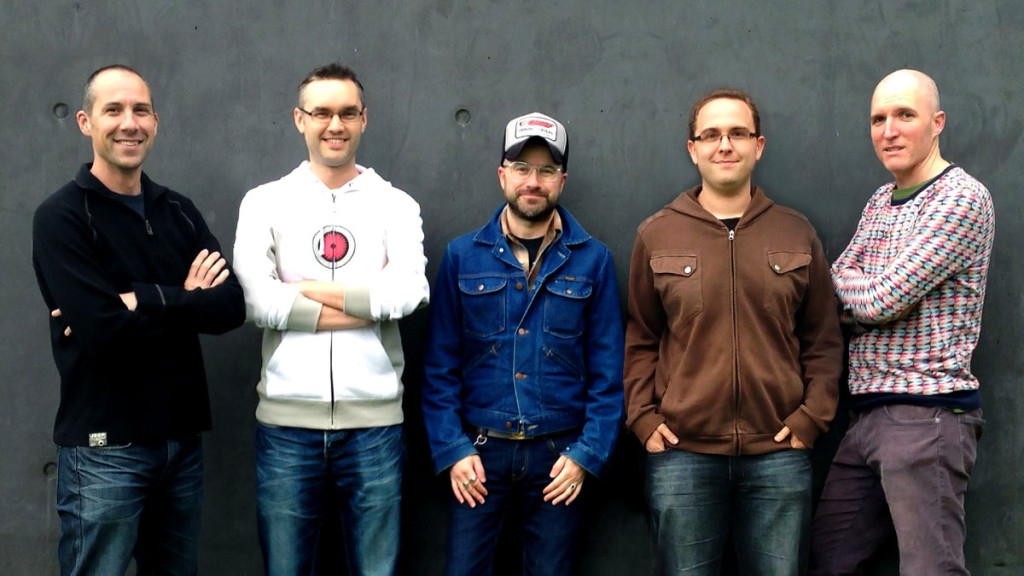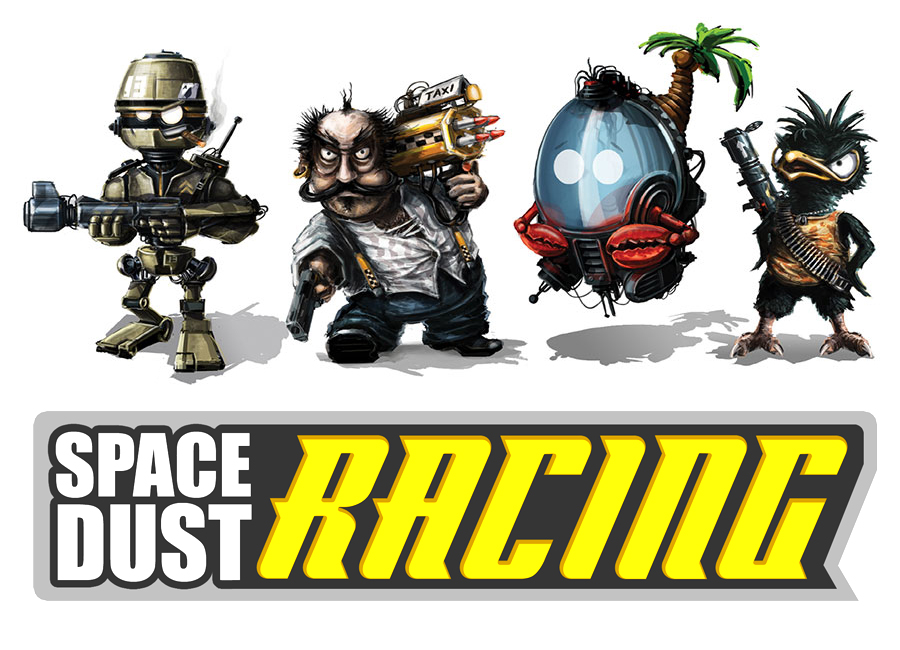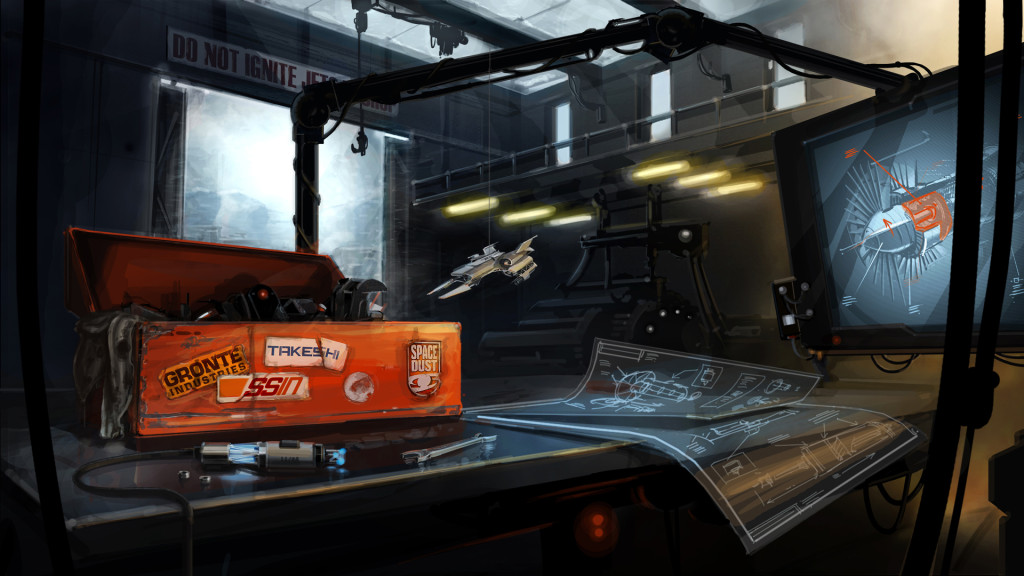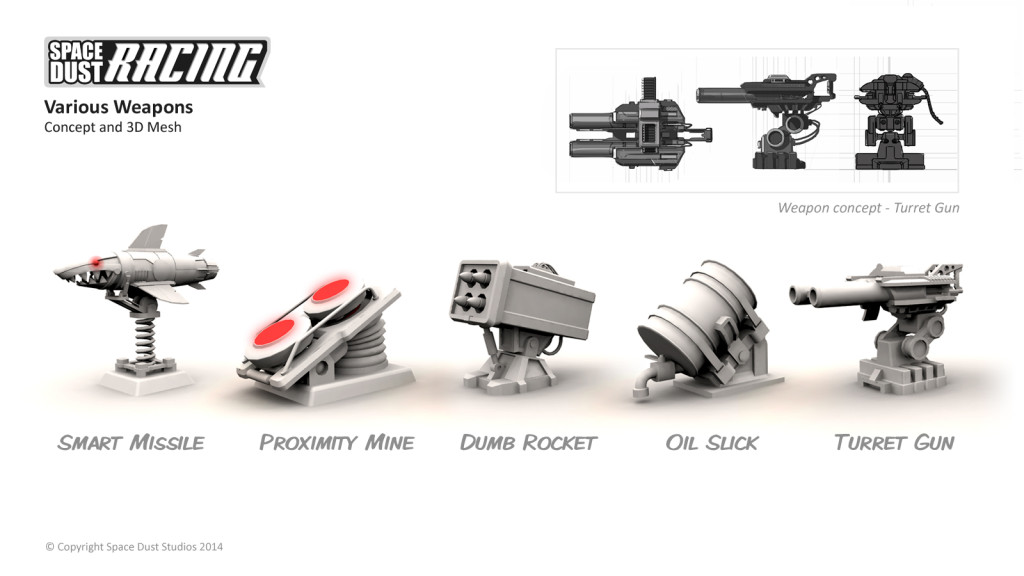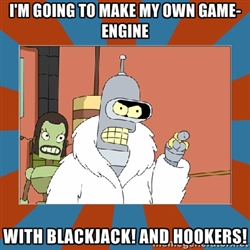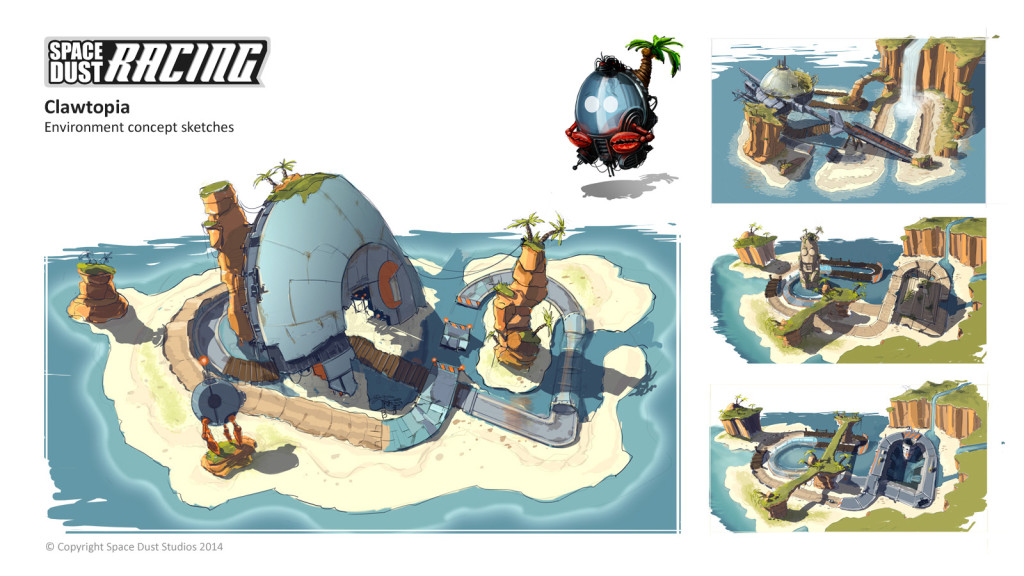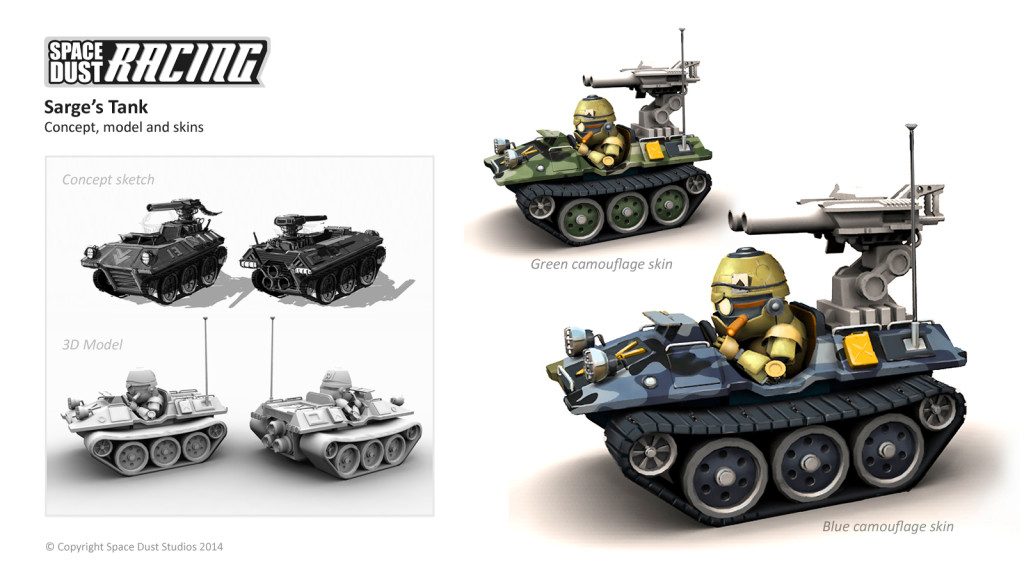Recently our friends at Xsolla interviewed us about our studio background, company vision, and where we’re headed for the future. Full interview with Michael below.
“Our generation grew up with couch multiplayer. Crash Team Racing, Mario Kart, Micro Machines and Mashed were some of our favourites,” – says Michael Davies, Lead Gameplay Developer of Space Dust Studios.
Conveying a very relatable message, Michael shows that inspiration can come from many different forms, even sprouting from a nostalgic aspect that was once part of our lives.
We at Xsolla had the chance to recently interview Space Dust Studios Lead Gameplay Developer, Michael Davies, and see what he and his team have been excitedly producing including coverage of their newest unreleased game, Space Dust Racing. Below we’ll move right into the interview question and answer session with Michael.
– What is your gaming background and how did you come to release a game?
We’re a team of five senior developers based in Melbourne Australia, who have worked together on and off over the last decade at a mix of AAA studios, most recently Visceral Games (Electronic Arts). The formation of Space Dust Studios was a mix of luck, timing and crisis management. Visceral Games Australia closed in late 2011, leaving many of us looking for work at other local studios or heading overseas.
After a year or two of hopping around at other studios, we realised a few things. For starters, there was a distinct lack of PC and console development happening in Melbourne, yet this was where we all wanted to work and live. Secondly, working with different teams made us realise that our experience and rapport with each other was an incredibly valuable asset. Finally, were all in a good financial position to take a risk, plus there were some amazing game engines for PC/console coming out that looked very promising. So we bit the bullet, and started our own studio.
– How did the idea of Space Dust Racing come about?
Our generation grew up with couch multiplayer. Crash Team Racing, Mario Kart, Micro Machines and Mashed were some of our favourites. Yet everywhere we looked, we saw games pushing online multiplayer, perhaps because it’s still a relatively new possibility in the grand timeline of gaming, and it’s certainly more convenient in many ways.
But Nathan found himself regularly digging out his PSX to play kart racing classics with his kids, and I was still hosting regular co-op Mashed nights with my friends, despite being well into my 30s. We did some research to see if any recent titles filled a similar gap, but most of them focused on split-screen or online multiplayer.
We decided to go all out and make a top-down party racer for a huge number of local players. We love science fiction, so we decided to go with a “brutal cute” art style that would appeal to both family gamers and core gamers.
– Did you consider how you were going to monetize when you conceived the game?
We did, absolutely. Space Dust Racing is a couch party game which involves fast-paced rounds and (probably) lots of shouting. Because of this, we wanted to keep the transaction model simple for individual players, who are most likely going to be mashing buttons to make the game start as quickly as possible, so we decided to go with an upfront premium business model. The host simply pays for the game, and the controller application is free for other players.
We’re also planning to add some downloadable content based on community feedback to give gamers some extra bang for their buck, but this will follow the same host-only purchase model. Couch co-op is great for monetizing, as guests are essentially getting a free demo of the game, and if they like it they can buy it for themselves, then host their own gaming nights, and the process repeats with their friends.
– How do payments affect how you add content to your game?
If we were making a freemium game, we’d actually be in a better position for generating content. Microtransactions are great not only because they provide a more steady stream of income, but because they also tell you what players are interested in, and what’s not working in your game. We won’t have that luxury, which is why we’re pushing hard to grow a Space Dust Racing community early, for example through our developer blog at http://blog.spaceduststudios.com. We want to get feedback while we can still do something about it.
– What sorts of payment systems do you use and what really works best for you?
We’re currently building the vertical slice for PC but we haven’t locked down our final target platforms, so I can’t say for sure. What I do know is that as developers we’re looking for an all-in-one payment solution that handles everything from analytics, reporting, easy game integration, and acceptance of all major regional currencies through to 24/7 customer support.
– Do you have any other projects coming up?
We do indeed! Bubbling away in the background is a concept for a more hardcore-oriented sci-fi airborne arena shooter, and we have some free HD concept art available for this at our website http://www.spaceduststudios.com. I’d love to provide more details but we’re not quite ready to push this baby out of the nest yet.
– What have you learned from your Space Dust Racing?
Our first project has taught us a lot already. You need to be organised and highly efficient as a small independent game studio, because time is scarce when you’re the content creators and the business managers!
– What advice do you have for any other developers who are interested in putting out games?
We’re spoiled for choice when it comes to game engines these days, so just pick one – it doesn’t matter which one – and learn it inside out. Get involved in as many online game dev communities as you can find, and don’t be afraid to share your ideas and ask questions, as this is the best way to learn. Don’t fall into the trap of trying to make an MMORPG for your first title. Instead, start with very simple projects like Guess The Number, Tic Tac Toe or Hangman, then work your way up to more ambitious concepts like 2D shooters or puzzle games. Leave 3D and online till last, as they’re the hardest to get right.
The hardcore sci-fi airborne arena shooter in pre-production will have an official announcement soon with more details to come. Keep updated on their production and news updates at http://www.spaceduststudios.com/ and make sure to stick around on our blog to read more insightful articles into the mind of game developers in this generation!
To leave a comment, head on over to the Xsolla article:
http://blog.xsolla.com/2014/06/23/interview-veteran-developers-gone-rogue-team-space-dust/

